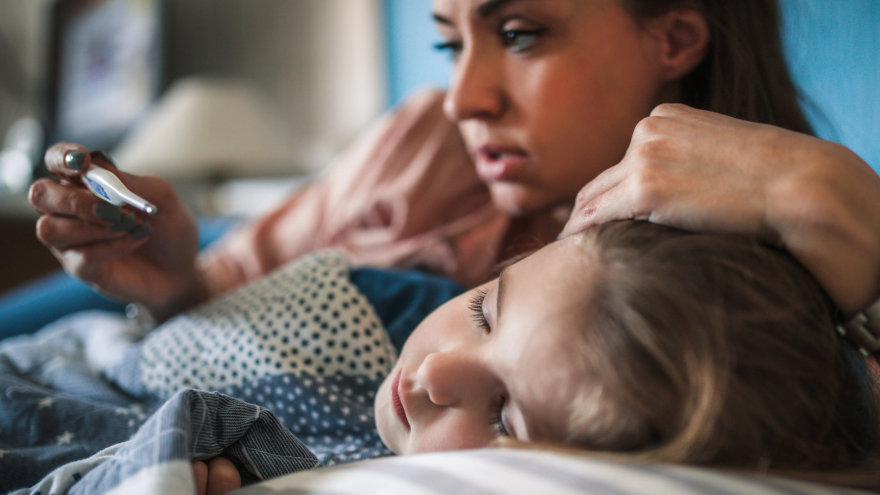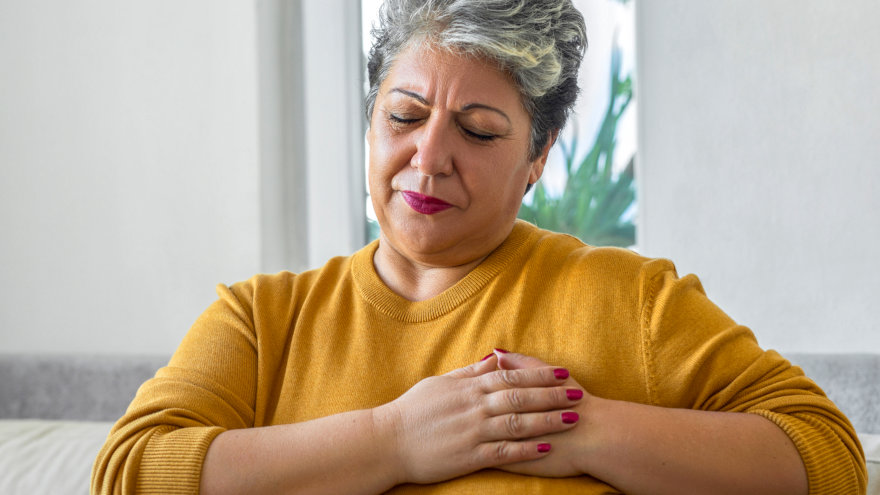Six Tips for Sun Safety

No one wants to be cooped up indoors while there's plenty of fun in the sun to be had. That said, there are some summer sun safety tips for the whole family, notes NorthBay Health Pediatrician Matthew Heeren, M.D.
“Sunscreen can and should be safely used for children 6 months and older,” Dr. Heeren said. “You may see that some sunscreens are specifically labeled for babies or kids but children can use the same sunscreen as adults.”
And it’s important to use sunscreen, no matter your age, he added. “Early sunburn as a child and exposure to suntan beds is linked to malignant melanoma,” he noted.
When it comes to selecting sunscreen, Dr. Heeren offers this advice:
- Make it Broad-Spectrum. The most important factor about sunscreen at any age is that you use a broad-spectrum sunscreen. "Broad-spectrum” means the sunscreen will protect against both types of ultraviolet rays: UVA and UVB. UVA is the wavelength of light that can penetrate to the deep layers of skin and lead to skin damage over time. UVB is the wavelength of light that penetrates the skin more superficially and causes sunburn.
- SPF Matters. Use a sunscreen with a Sun Protection Factor (or SPF) of at least 30, though preferably 50. SPF is the measure of how well a sunscreen blocks UVB rays and relates to how long it will take the sun's UV rays to burn your skin.
- Use The Right Amount. According to the National Council on Skin Cancer Prevention, most people apply only 25 percent to 50 percent of the recommended amount of sunscreen. When out in the sun, it's important that you apply at least one ounce (a palmful) of sunscreen every two hours. You should apply it more often if you are sweating or swimming, even if the sunscreen is waterproof.
Beyond sunscreen, there are other sun protection steps the whole family can take.
- Wear a Hat. Donning a hat (preferably wide-brimmed) or other shade-protective clothing can partly shield your skin from the harmful effects of UV ray exposure. Proper clothing may include long-sleeved shirts, pants, hats and sunglasses for eye protection.
- Find Some Shade. The sun's glare is most intense at midday. Staying in the shade between the hours of 10 a.m. and 4 p.m. will further protect your skin. The sun can still damage your skin on cloudy days or in the winter. For this reason, it is important to stay protected throughout the year.
- Protect Your Eyes. Sunlight reflecting off sand or water increases exposure to UV radiation and your risk of developing eye problems. Choose sunglasses with a UV400 rating or “100 percent UV protection” on the label. These sunglasses block more than 99 percent of UVA and UVB radiation and provide the most protection against UV rays.
By learning the risks associated with too much sun exposure and taking the right precautions to protect you and your family from UV rays, everyone can enjoy the sun and outdoors safely.
Your primary care provider can help you with more information on sun safety. You can schedule an appointment through MyNorthBayDoc or by calling (707) 646-5500.



